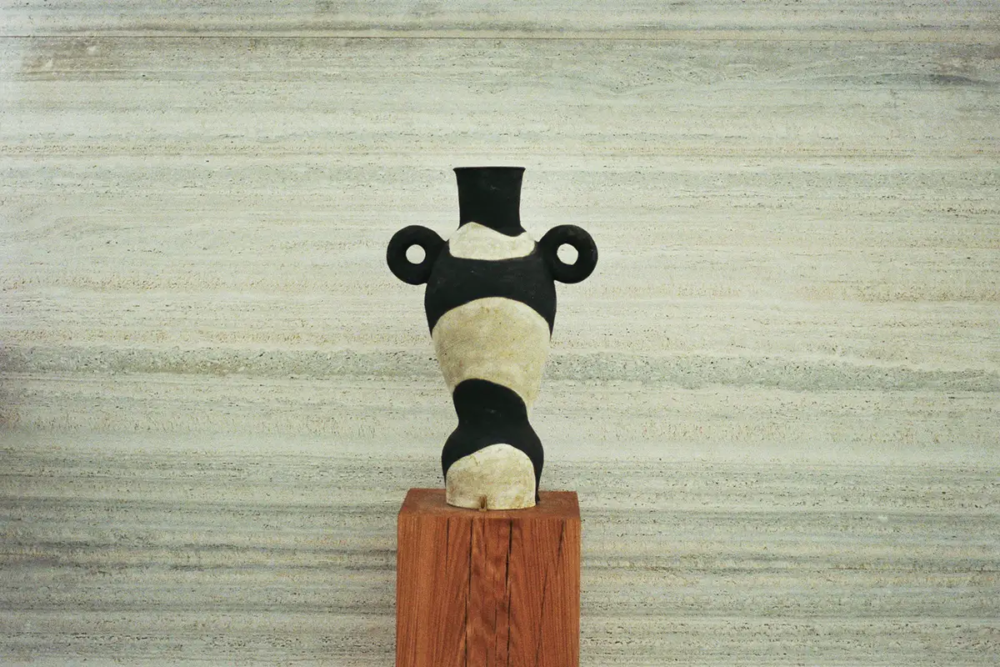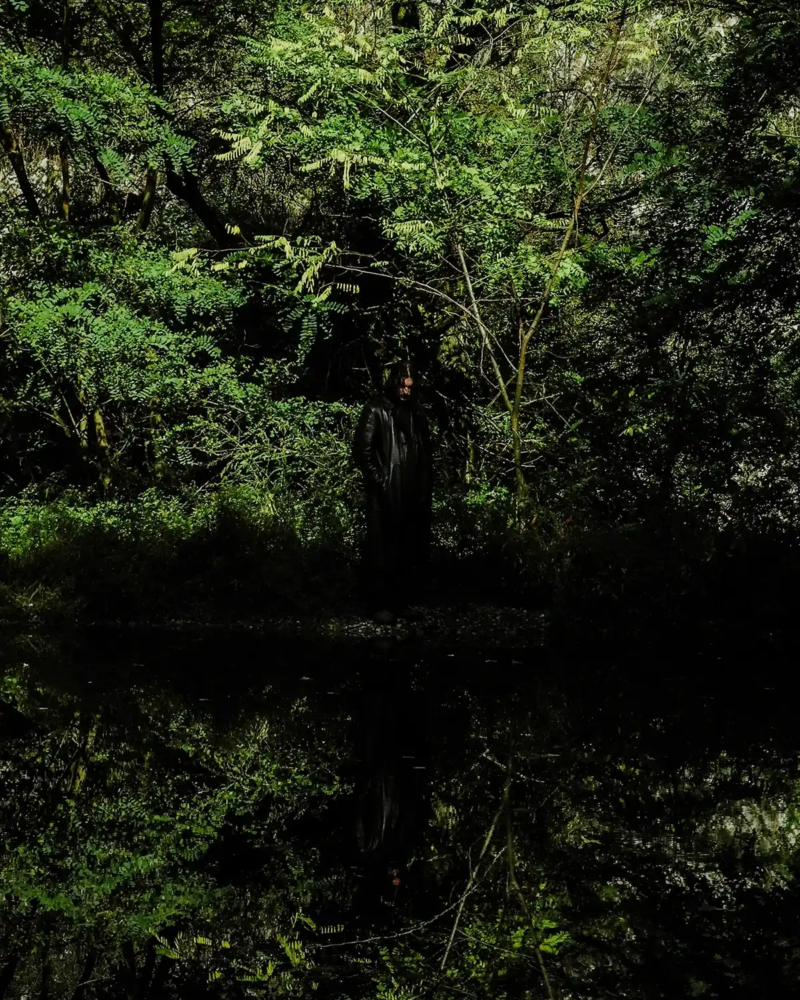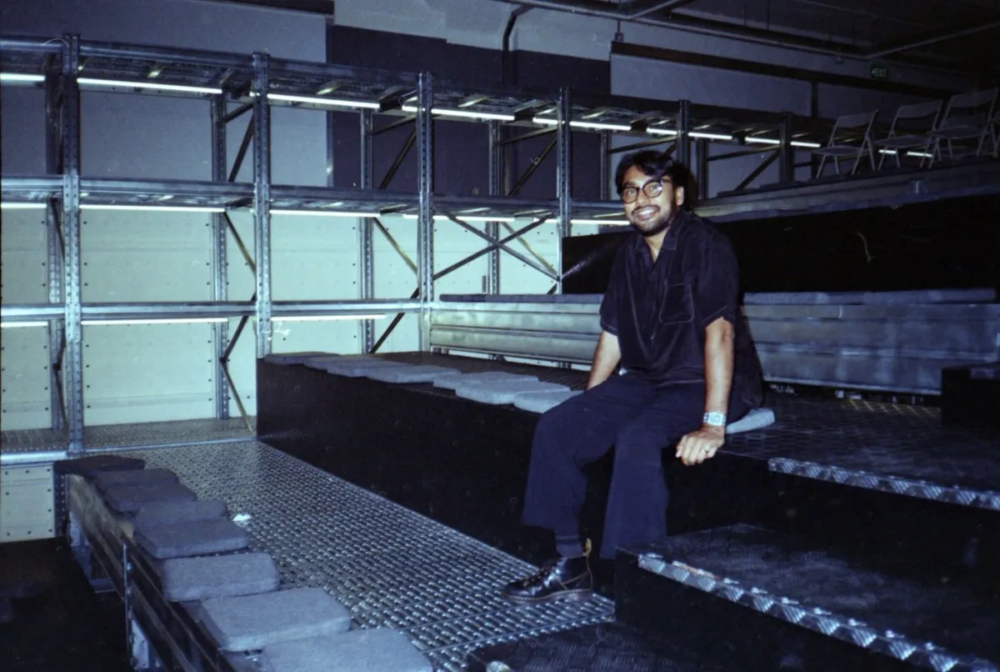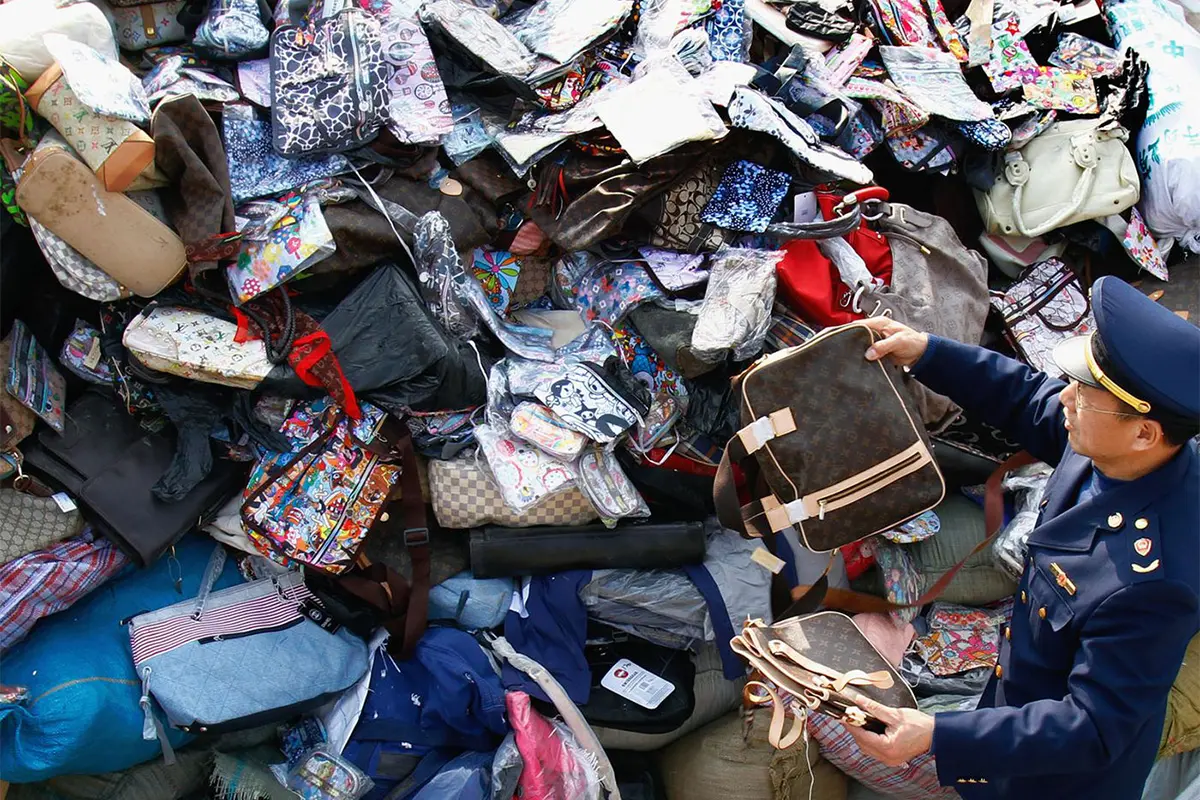
Fashion Fakes: AI can protect retailers and consumers tackling counterfeit crisis
Authentique Verify – Fashion fakes production carries environmental and ethical concerns. Fashion brands are now relying on AI technology to detect counterfeits and preserve brand identity
Fashion brands and data-fueled authentication systems to outsmart counterfeiters
Luxury brands and resale companies are leveraging AI technology to equip themselves with data-fueled authentication systems to outsmart counterfeiters, which represents a global black market worth $1.9 trillion comprising around 3.3% of world trade.
An example of this technology is seen in LVMH-owned brand Patou’s recent launch of the AI-verification system called Authentique Verify made in collaboration with technology partner Ordre. The process starts at the beginning of the production chain, where the products are chipped to allow for tracking and prevention of return fraud, where counterfeit items are sent back instead of the original ones.
LVMH’s Patou brand Authentique Verify – AI verification system
By uploading a picture taken with a phone camera and a dedicated app, the system processes microscopic properties of the authentic products, akin to fingerprints, making them allegedly impossible to replicate.
This move adds a new dimension to the fight against fakes, since AI can identify patterns that are imperceptible to humans. As counterfeits persistently trouble brands and retailers, more companies are turning to AI, hoping that its ability to discern subtle patterns will enable them to distinguish between genuine products and even the most convincing replicas. While evidence supports the effectiveness of this technology, experts suggest that the best outcomes arise from combining AI with expert human authenticators.
Authentique Verify – The potential of AI to combat counterfeiters – Burberry’s case
Black-market manufacturers’ advanced techniques to create counterfeit products, such as laser cutting and 3D printing, produce almost undetected replicas that even challenge the original creators. These AI-powered systems are created to encompass a digital encyclopaedia of properties for both counterfeit and authentic articles, using information to identify subtle inconsistencies in fabric, stitching, or metals, which help distinguish genuine items from fakes.
It can also examine digital data like product serial numbers, purchase orders, and payment information to match the signatures of original products with those of counterfeits and uncover any discrepancies. The potential of AI to combat counterfeiters is evident through success stories like Burberry, which employs image recognition technology to determine the authenticity of a product based on minute details in weaving and texture with an 98% accuracy.
Brands that turned to AI technology for Fake Detection: Jimmy Choo, Deloitte and Entrupy
Similarly, companies like Jimmy Choo and Deloitte’s Dupe Killers use AI-powered technology to search for design infringements and protect their brand reputation. Entrupy is another company developing machine-learning tools to help shoppers verify product authenticity.
Their AI-powered camera magnifies fabrics to uncover invisible features, checking hundreds to thousands of product traits like color, stitching, and leather patterns. They have first developed anti-counterfeit algorithms based on vast databases of information on top luxury brands, and then, using a scanner, they are able to instantly detect imitation designer bags by analyzing microscopic pictures of material details, workmanship, serial numbers, and wear and tear.
Fraud detection powered by AI has become feasible, especially in the fashion industry, where manual detection would be impractical due to the vast number of products. Currently, the process of counterfeit detection is expensive and time-consuming, while generative adversarial networks and transfer learning hold promise for speeding up the process and reducing costs in the future. Also, fashion brands can pay fees to vendors providing this service to protect themselves against significant revenue losses.
Authentique Verify: How social media has played a role in normalizing the purchase of fashion Counterfeits
There is no doubt the influence of social media has played a role in normalizing the purchase of replicas. According to Certilogo, a product authentication platform, the fashion industry suffered a loss of over €45 billion due to counterfeit products in 2020.
Influencers on various platforms now openly share reviews and tips about the best duplicate items and where to acquire them. From TikTok accounts showcasing videos of affordable replicas as alternatives to luxury products amassing over 554 million views to hashtags like #dupes and #reps with over 2.1 and 1.9 billion views each contributing to the popularity of these counterfeit items. Furthermore, guides on locating the best fake products are readily available to users seeking such purchases.
The rise in counterfeit consumption is attributed to young shoppers, as reported by The Financial Times. Luxury brands, with their high price tags, remain desirable to many young people despite being unaffordable. As a result, buying duplicates – or dupes – has become an appealing option. Approximately 20% of products promoted on these platforms are counterfeit, as reported by Certilogo.
The environmental damage caused by fast fashion – Authentique Verify
The harmful effects of counterfeits extend beyond the customers and brands. The environment and workers involved in producing fraudulent merchandise are also negatively impacted. Counterfeit products are typically manufactured in unregulated factories under poor and hazardous conditions.
These items are of low quality and are easily discarded, contributing to the environmental damage caused by fast fashion. Some companies are implementing smart labels with unique QR codes to track product origins and verify authenticity.
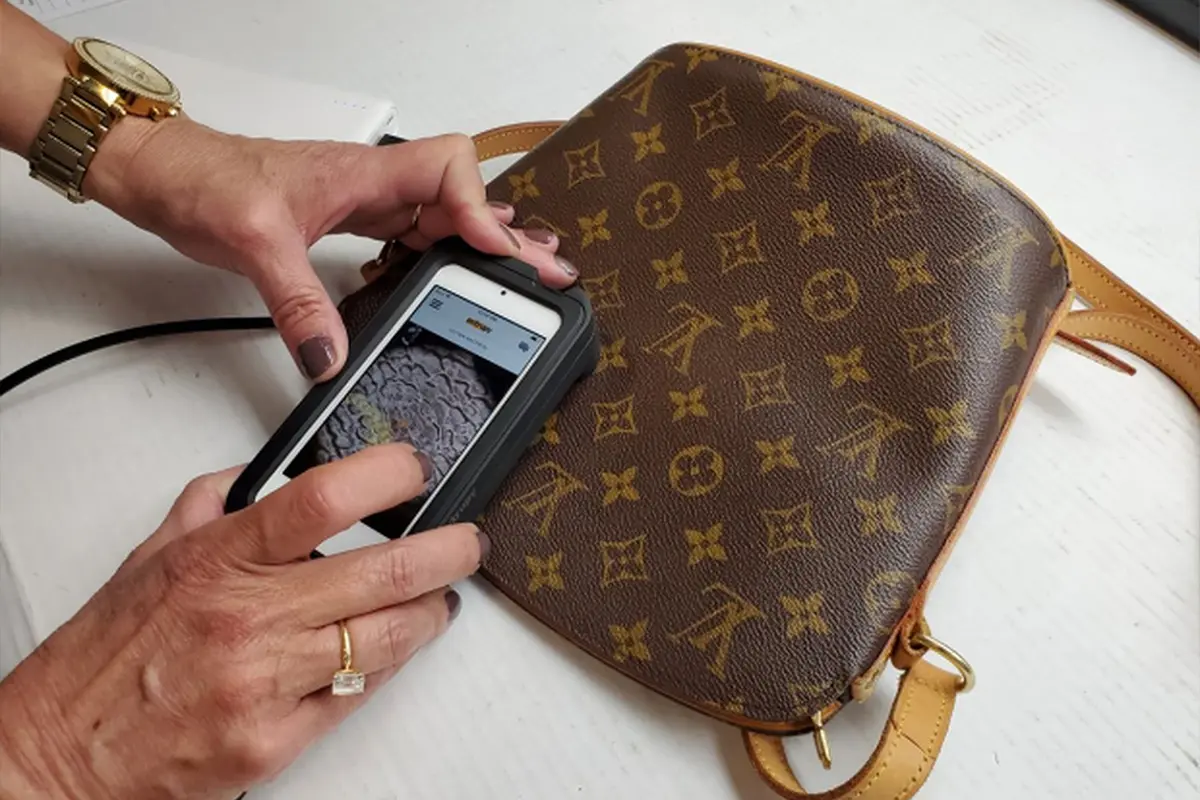
Types of AI Applied Technologies to fight counterfeit fashion
There are three types of applied technologies available to detect counterfeit fashion items. The first technology available is Image Classification, utilized to automatically categorize various clothing items. Image classification finds applications in automatic clothing sorting, content recommendation, and attribute classification.
It can be further divided into classification based on clothing styles and classification based on clothing attributes, the first one focuses on specifying categories such as shoes, tops, and pants. This involves using feature extraction networks like VGG series, Resnet series, and Inception series, along with fully-connected networks and multi-classification loss for recognizing clothing categories.
Authentique Verify: Image Segmentation: pixel-level distinction of clothes, pants, and accessories
Second is Image Segmentation, that allows the pixel-level distinction of clothes, pants, and various accessories in a fashion picture. The commonly used Baseline network structure for image semantic segmentation is Mask R-CNN. It consists of the Resnet-FPN, RPN, Faster RCNN, and Mask branch. The process involves performing convolution operations on input images, extracting features, obtaining feature images of different scales through the FPN layer, and selecting the most suitable feature map for candidate region detection using RPN.
The network is then divided into two branches: one for traditional Faster RCNN detection and classification and the other for unique semantic segmentation using the Mask network. The evaluation of image segmentation technology mainly relies on metrics like MPA (Mean Pixel Accuracy) – measuring the accuracy of predicted semantic segmentation maps compared to the Ground Truth on pixels – and MIoU (Mean Intersection over Union), which calculates the average intersection ratio between predicted and actual regions, representing the accuracy of predictions between regions.
Authentique Verify – Identifying coordinate points of clothing within an image
Detection can be categorized into target detection and key point detection. Both types involve identifying coordinate points of clothing within an image, which is valuable for clothing search and recognition. Target detection utilizes the Yolo algorithm whose function is to divide an image into grids and predicts objects’ location information and confidence within each grid.
The confidence reflects the accuracy of the predicted box containing an object. After prediction, non-maximum suppression (NMS) is applied to remove redundant windows with low possibilities. Key point detection can be performed using regression faction or heat map faction techniques. Regression involves extracting feature networks, connecting the whole connection layer, and predicting the coordinates of key points using loss functions like MSE or its variants.
Heat map faction, on the other hand, represents key points as two-dimensional Gaussian distributions centered around them. Network predictions result in thermal diagrams, and the coordinates of key points are extracted by finding the point with the highest response above a certain threshold in the channel map.
Authentique Verify
French luxury group LVMH’s Patou has launched an AI-powered authentication system named Authentique Verify. With this app, customers scan a digital fingerprint created on a product and verify whether it’s an original.

